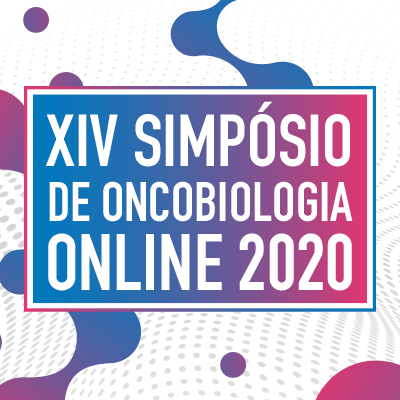Proceedings of Oncobiology Symposiums
Proceedings of XIV Oncobiology Symposium
CHARACTERIZATION OF THE TUMOR MICROENVIRONMENT IN DIFFERENT MOLECULAR SUBTYPES OF BREAST CANCER AT SINGLE-CELL RESOLUTION
How to cite this paper?
To cite this paper use one of the standards below:
How to cite this paper?
INTRODUCTION AND OBJECTIVES: Breast cancer is the most prevalent malignancy and the leading cause of cancer death in women worldwide. The choice of treatment is based on staging, clinical data, histological types, and the expression patterns of progesterone, estrogen and HER2 receptors. Although there are target therapies for Luminal A and B subtypes and for those that express HER2 at high levels, types that do not express any of these receptors (Triple Negative - TNBC) are generally treated with less specific therapies. The non-malignant cells of the tumor microenvironment (TME) have a dynamic and often tumor-promoting function at all stages of carcinogenesis. Understanding the TME is extremely important for determining the impact of different cell compositions on the patient's clinical outcome and also for the identification of new specific targets, constituting an important tool for precision medicine. The analysis of single-cell RNA sequencing (scRNA-seq) allows the understanding of populations in complex tissues, such as the tumor mass. MATERIAL AND METHODS: Pre-processed scRNA-seq data and clinical data from patients with breast cancer were collected from public datasets, totaling 43,054 cells from all molecular subtypes. Using the Seurat v.3.1.1 package in R v.4.0, these data were normalized and scaled individually, followed by linear dimension reduction through Principal Component Analysis (PCA) and clustering with the Louvain algorithm (unsupervised machine learning grouping method). Normalized datasets were integrated and a second level of clustering was performed. To visualize this process, the Fast Fourier Transform-accelerated Interpolation-based t-SNE (FIt-SNE) non-linear reduction was performed. Each cluster corresponding to a cell group was identified from the differential expression analysis using the FindAllMarkers function, with a cut-off of cells with at least 0.25 times difference for those genes expressed in more than 25% of the cells. RESULTS AND CONCLUSION: Through the analysis of marker genes, it was possible to differentiate tumor, immune and stromal cells, including the distinction of subpopulations within the same cell group. There were exclusive clusters of the TNBC and Luminal-A molecular subtypes. Through the analysis of differential expression, we could observe the presence of genes in the Luminal-A exclusive cluster, such as FSIP1 and PKIB, related to metastasis and tumor growth in breast cancer, among the top ten most significant genes. In the TNBC exclusive cluster, we observed the presence of PLOD1 and SNAI2, marker genes for the development of gastrointestinal cancer and mesenchymal-epithelial transition in breast cancer, among the first ten also. Our work contributes to the characterization of the cellular components of the TME and highlights upregulated genes that have an impact on disease progression, therapy response, and clinical outcome across molecular subtypes.
Dúvidas
Lucas Delmonico
Olá Gabriela, vi sua apresentação mais cedo. Parabéns você e sua orientadora pelo trabalho. Gostaria de saber se os datasets que vocês usaram, teve separação por grau histológico (ou estadio), e se vocês viram se as células do microambiente mudam com essa variável.
- 1 like
- 1 answer
- 1 Bioinformatics and Computational Biology Lab, Brazilian National Cancer Institute, Rio de Janeiro, RJ
- Bioinformatics
Streamline your Scholarly Event
With nearly 200,000 papers published, Galoá empowers scholars to share and discover cutting-edge research through our streamlined and accessible academic publishing platform.
Learn more about our products:
How to cite this proceedings?
This proceedings is identified by a DOI , for use in citations or bibliographic references. Attention: this is not a DOI for the paper and as such cannot be used in Lattes to identify a particular work.
Check the link "How to cite" in the paper's page, to see how to properly cite the paper

